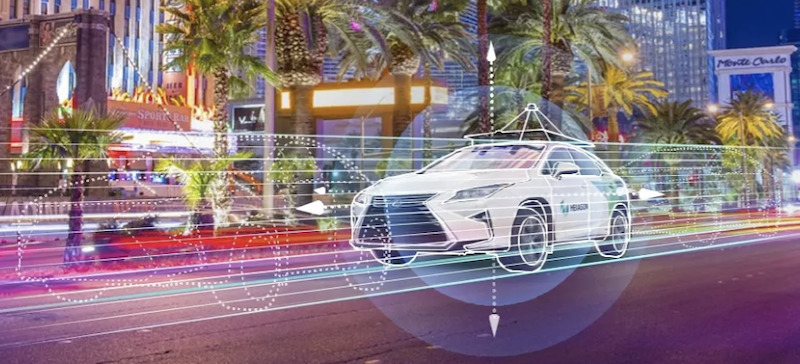Prof. Venkat N. Krovi, the Michelin Endowed Chair of Vehicle Automation in the Departments of Automotive Engineering and Mechanical Engineering at Clemson University, is not only preparing his students for careers in automation, he’s also working closely with the automotive industry to help find solutions to automation’s most pressing challenges.
He’s based at the International Center for Automotive Research, a public private partnership developed about 12 years ago. The 300 acre, $300 million center is backed by the university, several automotive companies in South Carolina and the state, Krovi said, and serves as an innovation campus to promote the automotive ecosystem. There are about 12 OEMs with plants in South Carolina and about 300 OEM Tier 1 and 2 auto suppliers with clients in the state as well, making it an area rich in automotive research and innovation.
Krovi is among the experts who will present at HxGN LIVE Global 2022 in Las Vegas this June. He’ll focus on the challenges the automotive industry faces as we work toward autonomy, as well as how his program is preparing the students who will tackle these challenges in the future.
The digital trend

Clemson University
Krovi has been working in robotics and automation since 1992, and started his role at Clemson in 2016. The focus of his program, and a key part of his engagement with automotive companies, is what he describes as connected autonomy.
The scope of robotics has grown tremendously over the years, he said, from systems with the ability to get a job done in real time to robots that now must be able to interact with others.
“A robot system is no longer intelligent just by itself,” he said. “It is intelligent by virtue of its interactions with other robot systems, with the real world, with the virtual world and, most importantly, the human users.”
We are creating an “increasing technology sphere,” he said, and both new science and new technology are needed to handle this added complexity.
The value that can be extracted from these interactions also has been growing tremendously, he said. A steer by wire car is an example. At face value, you’re replacing the steering sub system with a steer by wire system, but you’re also degrading the performance, at least initially, a point he’ll hit on during his presentation.
“The real value is the flexibility. You can put the handwheel anywhere you want in the car,” he said, noting this immediately increases safety by removing the risk of the driver being impaled by the steering column in a head on collision. “You can have two handwheels.”
This is known as the digital redesign paradigm, he said, which basically means taking a well-functioning mechanical system and bringing it into the digital age, creating more opportunities and of course more challenges, such as cybersecurity.
“This is the broad idea of connected autonomy as it starts to manifest itself into multiple application domains,” he said.
You can see Dr. Krovi’s presentation at Hexagon LIVE Global, Autonomy & Positioning Reality Summit.
To explore the technologies enabling the future of autonomy for industries worldwide learn more here.





